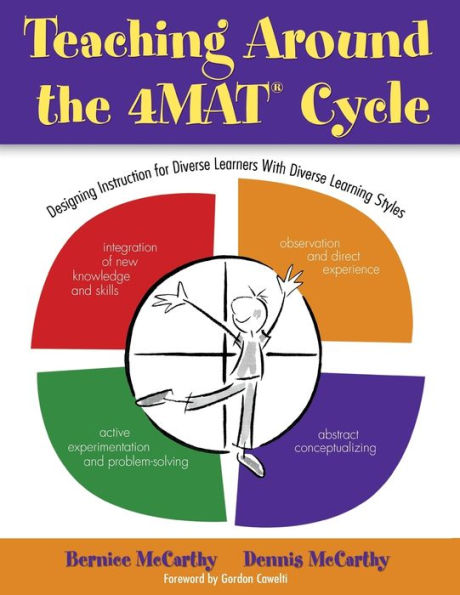5
1
9781412925303


Teaching Around the 4MAT® Cycle: Designing Instruction for Diverse Learners with Diverse Learning Styles / Edition 1 available in Paperback

Teaching Around the 4MAT® Cycle: Designing Instruction for Diverse Learners with Diverse Learning Styles / Edition 1
- ISBN-10:
- 1412925304
- ISBN-13:
- 9781412925303
- Pub. Date:
- 11/28/2005
- Publisher:
- SAGE Publications
- ISBN-10:
- 1412925304
- ISBN-13:
- 9781412925303
- Pub. Date:
- 11/28/2005
- Publisher:
- SAGE Publications
28.95
In Stock

Product Details
| ISBN-13: | 9781412925303 |
|---|---|
| Publisher: | SAGE Publications |
| Publication date: | 11/28/2005 |
| Edition description: | New Edition |
| Pages: | 120 |
| Sales rank: | 614,943 |
| Product dimensions: | 8.50(w) x 11.00(h) x (d) |
About the Author
From the B&N Reads Blog
